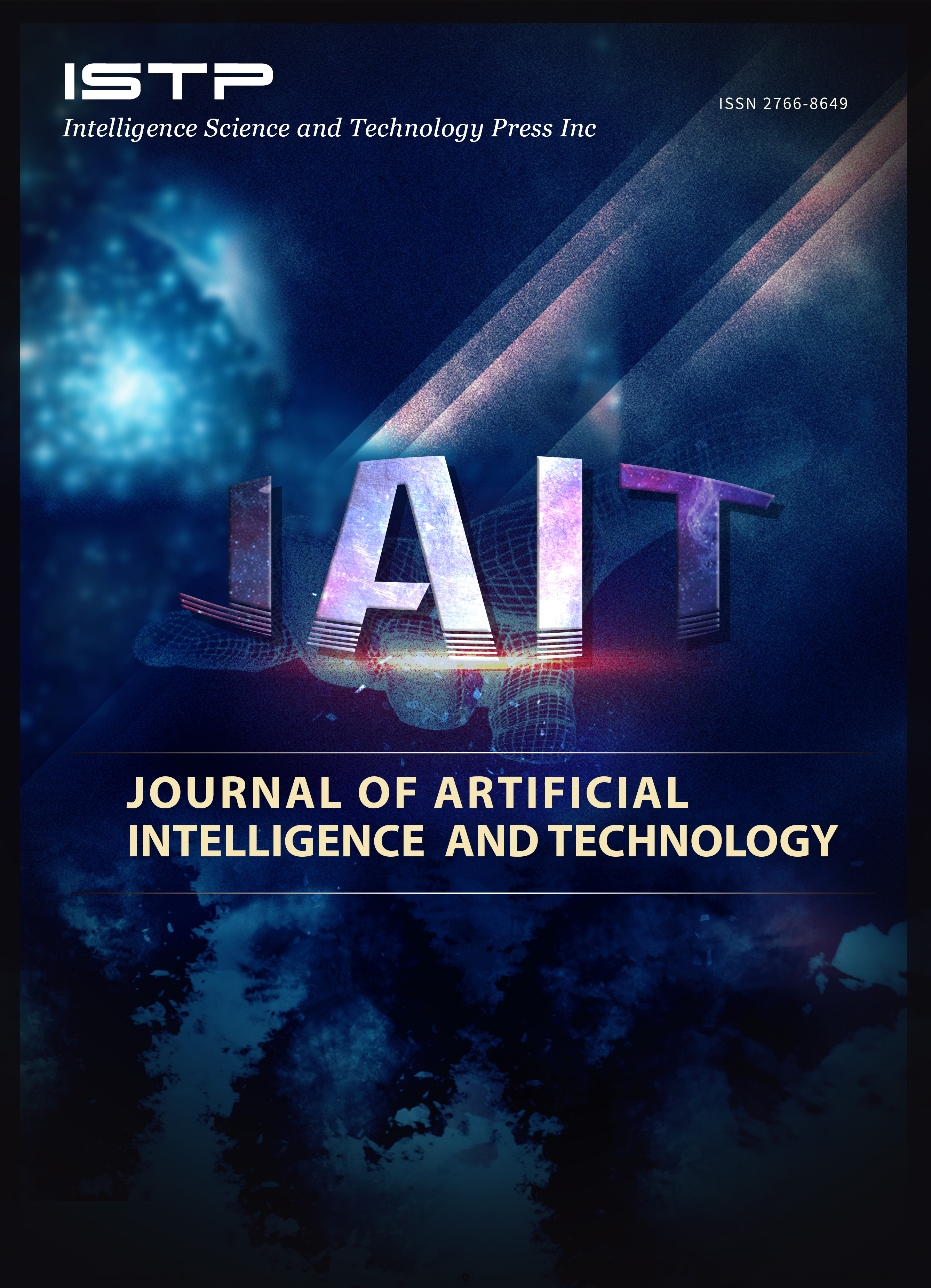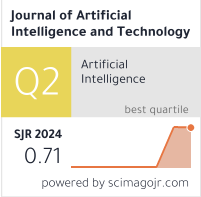Assessment of Students’ Entrepreneurial Intention Based on Residual Networks and Attention Mechanisms in the Process of Entrepreneurship Education in Colleges and Universities
DOI:
https://doi.org/10.37965/jait.2025.0772Keywords:
attention mechanisms, entrepreneurial intentions, entrepreneurship education, multidimensional data, residual networksAbstract
With the rapid development of artificial intelligence technology, its application in the field of education has gradually become a research hotspot. Aiming at the problems of strong subjectivity and poor assessment accuracy of traditional entrepreneurial intention assessment methods in entrepreneurship education (EE), the study proposes a method for assessing students’ entrepreneurial intention based on residual network and multi-attention mechanism. The method captures the local features of student data through multi-scale convolution and captures the global dependencies using the Transformer model, so as to realize the complementarity and fusion of features. On this basis, the study further introduces a multi-attention mechanism to weigh the features from multiple perspectives in order to capture the relationship between the features more comprehensively. Through the combination of the improved residual network and the multi-attention mechanism, an efficient model for assessing students’ entrepreneurial intention is constructed. The results indicated that the accuracy of the proposed model was as high as 0.923, which was improved by 16.7% compared with the traditional model, the area under the curve was improved by 13.0%, and the recall and F1 score of the model were increased by 17.2% and 15.4%, respectively. The results showed that the method outperformed all existing methods and provides data support for EE in colleges and universities by accurately assessing students’ entrepreneurial intentions. The results can help colleges and universities optimize their curriculum, resource allocation, and teaching mode, thus enhancing the overall efficiency of EE.
Published
How to Cite
Issue
Section
License
Copyright (c) 2025 Authors

This work is licensed under a Creative Commons Attribution 4.0 International License.





